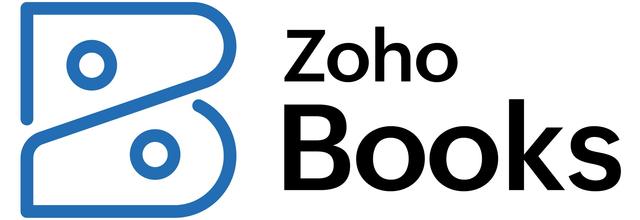Restaurant accounting software often provides functionalities like AR, accounts payable (AP), banking and reporting. Some services extend their offerings to encompass inventory management, project management, time tracking and payroll. Here are some of the key features of accounting software you should consider before pulling the trigger on software for your restaurant.
Bank Feed
This establishes a connection between your business bank and credit card accounts, allowing for daily updates on transactions. This streamlined approach eliminates the need for manual statement uploads. It also simplifies bank reconciliation, transforming it into a manageable daily task rather than a monthly ordeal.
Dashboard
Upon logging in, the dashboard greets you with an overview of account activities and key metrics such as cash flow, P&L, account balances, expenses, AP, AR and sales. Some software allows you to customize the dashboard based on personal preferences.
Bank Reconciliation
Accounting software takes away the monotony of reconciling a business bank account. Advanced reconciliation tools identify potential matches between bank transactions and entered bills and invoices, expediting the process and eliminating the need for extensive record review.
Bank reconciliation is the process of checking your recorded transactions against bank statements.
Integrations
Many restaurants now use a variety of business apps to increase productivity, both at the front and back of the house. Ensuring these apps interface with each other is critical, especially in an era of rising restaurant labor costs. Integrating your accounting software with top payroll software services, payment processors, point-of-sale (POS) systems and customer relationship management software helps you to optimize efficiency.
Online Invoicing for Catered Events
Accounting software provides the ability to send invoices to clients for catered events via email, as well as to accept online payments to expedite the payment process. Some accounting software services integrate with third-party payment processors, while others use their in-house processing services.
Recurring Invoices
This feature empowers you to automate invoices for recurring catering clients. Recurring invoicing tools generally allow you to choose the frequency, including daily, weekly, monthly or annually, with the option to specify an end date for billing.
Automatic Payment Reminders
Automated reminders for upcoming and overdue payments help prevent unpaid invoices. Some software includes prewritten email templates for reminders, which can be customized to your specifications. The timing of reminders can be personalized, with the option to send thank you emails to customers after payments are received. For customers who are repeat offenders, some accounting solutions provide ways to charge interest and late fees on unpaid invoices.
Perishable Inventory Management
Accounting software that includes inventory tracking and purchase order management is essential for restaurants that keep a lot of perishable inventory on hand. This feature may require opting for a higher-tier plan.
Support for Multiple Restaurants
This feature is helpful if you own multiple restaurant locations or other types of businesses. Certain accounting software services allow the addition of multiple businesses to a single account.
Financial Reporting
Every accounting program generates financial reports, though the complexity and inclusiveness may vary. Ensure that your chosen program and plan offer the specific financial reports required for informed decision-making.
Mobile Apps
Not all accounting and invoicing software offers mobile apps. For those that do, the features can vary greatly. Functions can range from expense tracking and receipt capture to invoice creation and transmission, often mirroring the capabilities of web-based software. This can be beneficial if you aim to run your business from a smartphone.






